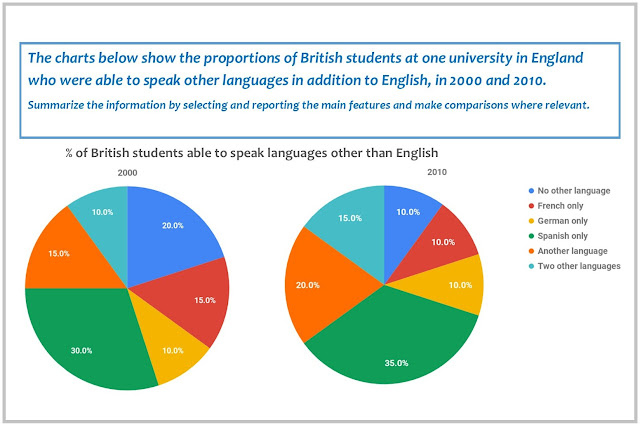Enough has been said about cohesion. Let’s talk about coherence.
Coherence and cohesion
Coherence is the logical unity of ideas. Cohesion is the linguistic ways of achieving that. I’ll give a couple of absurd examples to illustrate the concepts:Pure cohesion: "I like apples. This leads to my passion for writing. Additionally, hedgehogs are cute." The cohesion is there - this leads to and additionally. But the coherence isn’t - there is zero connection between ideas.
Pure coherence: "I like apples. I find pears delicious." The ideas are connected - I talk about two types of food I like. But there is no linguistic marker to unite them, so they look isolated.
Ideally, coherence and cohesion must work together: "I like apples. I also find pears delicious."
Cohesion is easy because it’s noticeable - you have an actual word or phrase that will unite your ideas into one whole. But cohesion must support coherence, not substitute it. If your ideas are not logically connected on the level of ideas, no cohesion will save them. If you add “additionally” to your sentence, it doesn’t mean the ideas are suddenly connected.
So how do you achieve or check for coherence?
Before I share my solution, let’s conduct a small experiment. Look at this sentence, pause for a moment and think what sentence might go next.- This world is changing rapidly, but not everyone is ready or able to accept the changes.
- This world is changing rapidly, but not everyone is ready or able to accept the changes. However, effective communication and understanding can be useful tools in breaking barriers.
How do you make sure your ideas are connected on the level of ideas? My solution is invisible questions. For example:
- This world is changing rapidly, but not everyone is ready or able to accept the changes. (Who isn’t?)
- This world is changing rapidly, but not everyone is ready or able to accept the changes. (What changes?)
- This world is changing rapidly, but not everyone is ready or able to accept the changes. (Why aren’t they ready or able?)
- This world is changing rapidly, but not everyone is ready or able to accept the changes. (Who isn’t?) Older people, for example, find it hard to …
- This world is changing rapidly, but not everyone is ready or able to accept the changes. (What changes?) These include new technologies and new social norms which …
- This world is changing rapidly, but not everyone is ready or able to accept the changes. (Why aren’t they ready or able?) This can happen because people become less flexible with age.
Some questions will help you identify what’s missing and add it. Let’s go back to my student’s example:
- “This world is changing rapidly, but not everyone is ready or able to accept the changes.” The missing question is, “What is the result of this?” So the missing sentence is probably, “This leads to misunderstanding and conflict between people of different generations.” And then we have this invisible question “How can this misunderstanding be resolved?” and our original sentence, “However, any such misunderstanding can be resolved with open and effective communication.”
- “This world is changing rapidly, but not everyone is ready or able to accept the changes. This leads to misunderstanding and conflict between people of different generations. However, any such misunderstanding can be resolved with open and effective communication.”





This is such a clear explanation! Thank you!
ReplyDeleteThis blog post is literally priceless! Thank you ever so much!
ReplyDelete